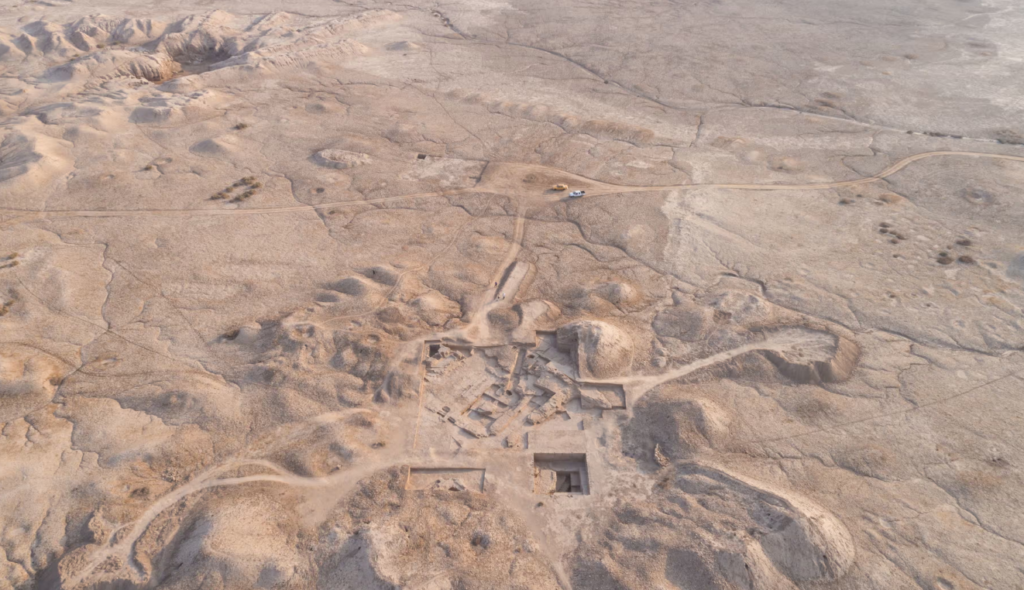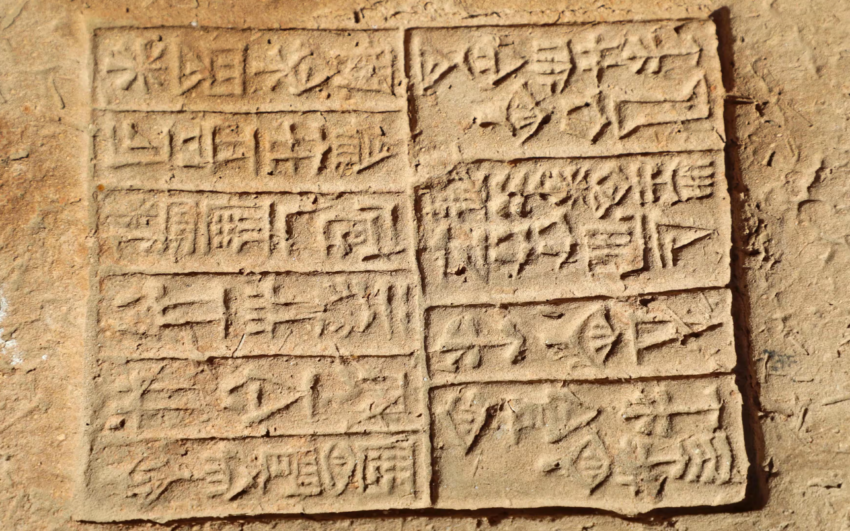Researchers from the Girsu Project used drone photography to identify the remains of a previously unknown large complex at the Tablet Hill archaeological site in the modern Iraqi city of Tello and discovered the remains of an ancient Sumerian palace. Unfortunately, Tablet Hill has been damaged by conflict in the 20th century.
At a press conference at the Iraqi embassy in London, Tablet Hill was described as “the cradle of civilization” and “one of the most important heritage sites in the world that very few people know about”. This is because Girsu is one of the oldest known cities in the world. The Sumerians also invented writing, created the first cities and the first laws between 3500 and 2000 BC, making them one of the first civilizations of the ancient world.
In the area called Tablet Hill northeast of the city of Nippur, 14 building levels from the Sumerian III Ur Dynasty (2112-2000 BC) to the Achaemenid Period were identified and more than 17,000 cuneiform tablets were found in this area. Some of these tablets are dated to the reign of Hammurabi, the sixth king of the Old Babylonian Empire (1792-1750 BC). The wooden ashes found on the ground indicate that the tablets were kept on wooden shelves in the archives.



The content of the tablets found on this hill includes various contracts, barter transactions, sales, dictionaries, languages, astronomy, mathematics and religious texts (hymns, prayers, etc.), letters, temple accounts. In addition, a series of rooms were found towards the northeast center of the Tablet Hill and named “Temple Library” as a plan.
In recent months, mudbrick walls were discovered at Tablet Hill and more than 200 cuneiform tablets with ancient Sumerian script were found. The tablets, which contain the administrative records of Girsu, were recovered and taken to the Iraqi Museum in Baghdad.
Archaeologists also discovered the temple of Eninnu, the main temple of the Sumerian god Ningirsu, after whom the ancient city is named. The Temple of the White Thunderbird was one of the most important in Mesopotamia‘s historic region. Before its recent discovery, the temple was known only from ancient inscriptions found during fieldwork.
The project addresses the damage caused by early excavations and modern looting through field training of archaeology students and conservators in Iraq.
